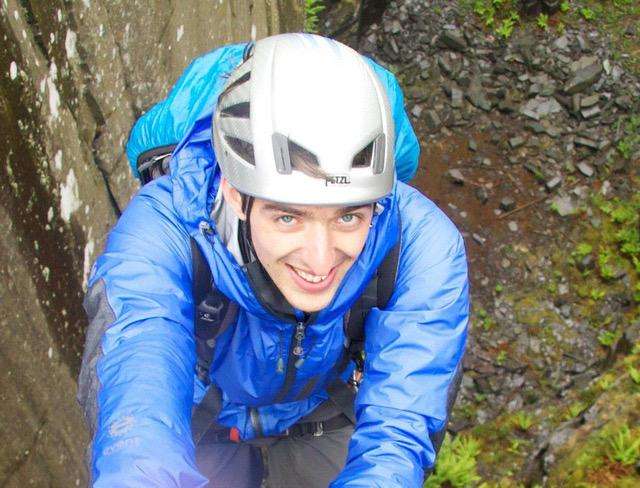Legacy of brilliant young scientist is a major leap in quantum computing

Researchers from the University of Bristol and Université Libre de Bruxelles have theoretically shown how to write programs for random circuitry in quantum computers.
The breakthrough, published in the New Journal of Physics, is based on the work of first author, Dr Nick Russell, who tragically lost his life in a climbing accident last year.
"One of the many applications for random quantum circuits is the realisation of a rudimentary version of a quantum computer, known as a "boson sampler". A boson sampler could be among an early class of quantum technologies that prove their intrinsic superiority over classical machines. Such a demonstration would be a landmark in the history of science," said Dr Anthony Laing from the University of Bristol's School of Physics, who supervised Dr Russell's thesis.
The work of Dr Russell and researchers in Bristol and Brussels, has theoretically solved the problem of programming random circuitry in quantum computers.
"Most of us understand randomness in terms of the roll of a dice. Programming randomness into any machine might therefore seem like a straightforward task - simply turn any available control knobs to a random setting.
"However, because of the way quantum particles travel through their circuitry, they are affected by many control settings in a certain order. The control knobs must be carefully set according to a specific design, and finding the recipe for randomness in quantum circuitry can be especially tricky.
"With his research, Nick and the teams at Bristol and Brussels have effectively unloaded the quantum dice. By discovering how to program this randomness into circuitry, we are a step closer to creating a boson sampler, and ultimately a quantum computer.
"I'm delighted to see Nick's results published. He was a brilliant scientist. This and his other work will continue to have a significant impact on the field of quantum computing for many years to come," said Dr Laing.
More information: Nicholas J Russell et al. Direct dialling of Haar random unitary matrices, New Journal of Physics (2017). DOI: 10.1088/1367-2630/aa60ed
Journal information: New Journal of Physics
Provided by University of Bristol



















